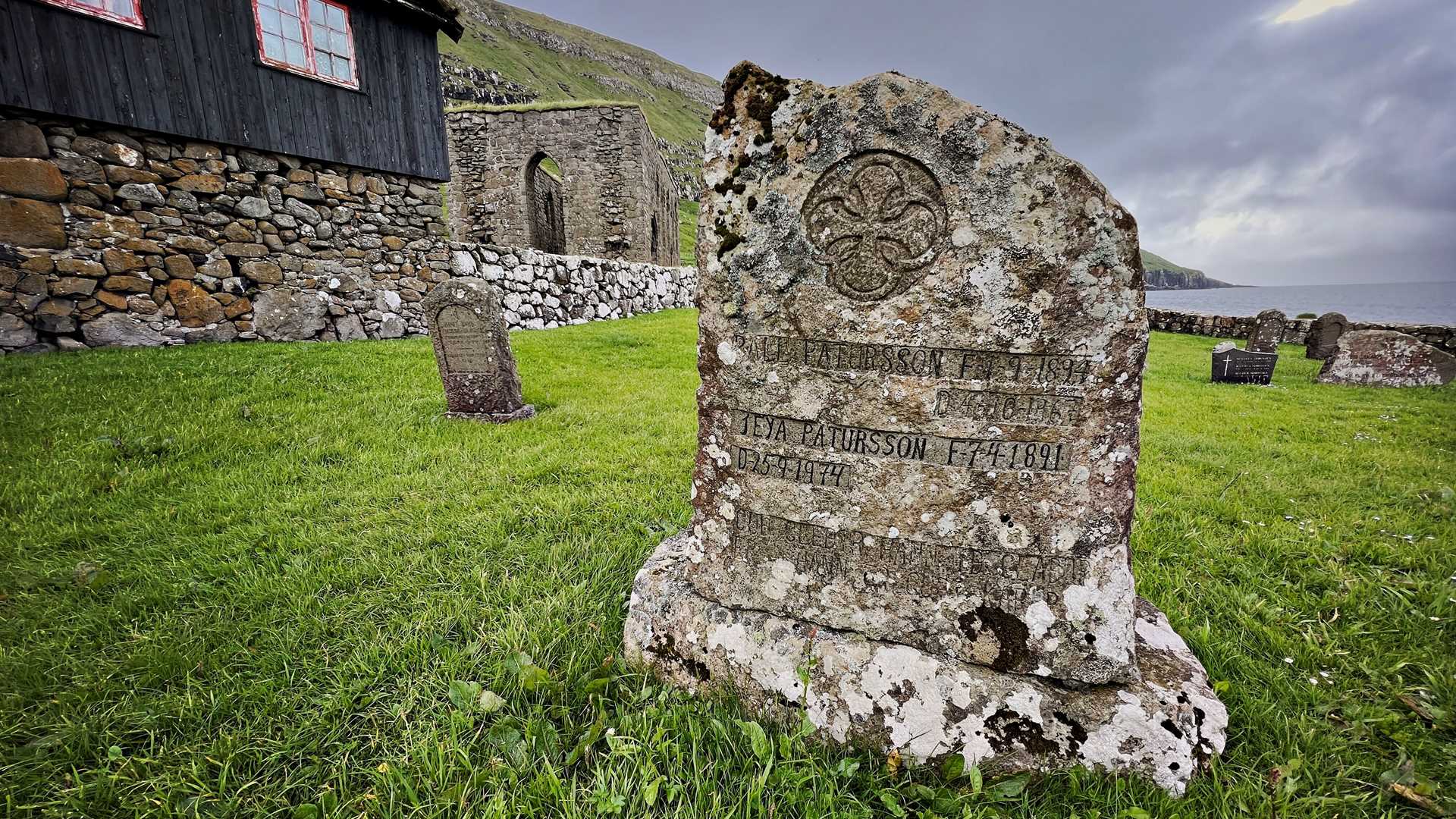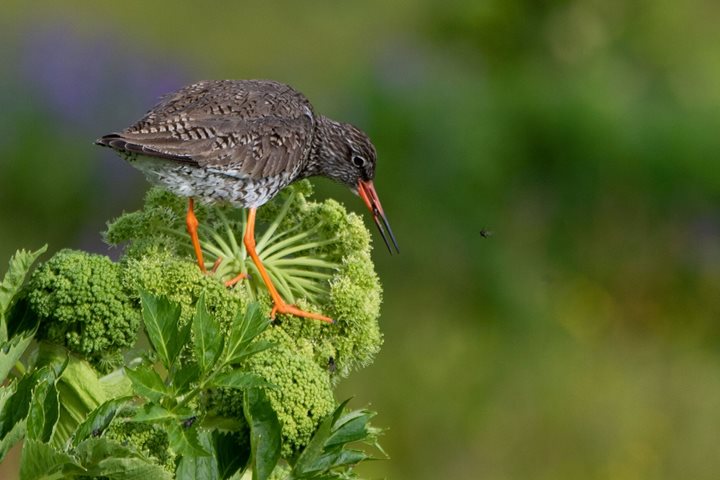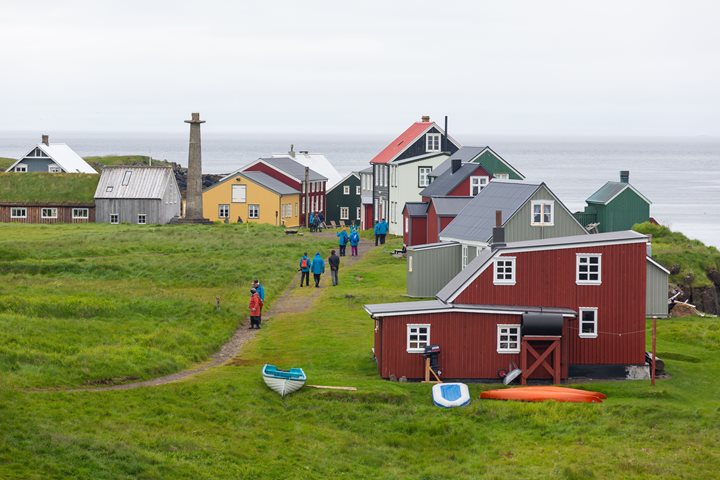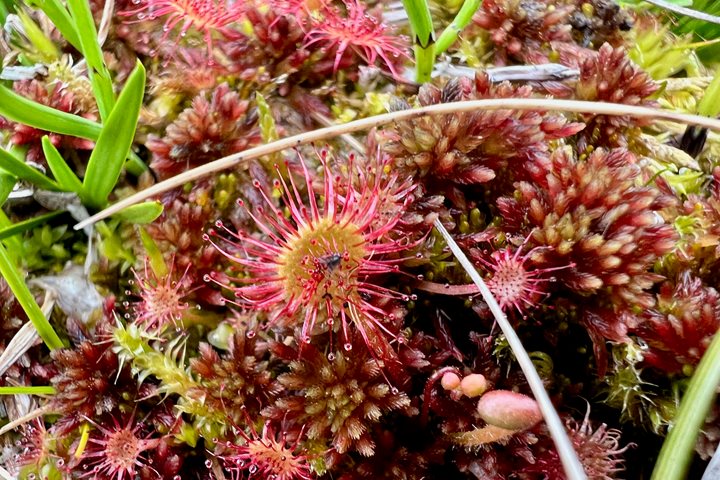We spent the day in and around Tórshavn, the charming capital city of the Faroe Islands. Probably one of Europe’s smallest capitals, Tórshavn is home to around 13,000 people, over 20% of the entire population of the country. We started our day with a bus ride to Kirkjubør, one of the oldest and most historic villages on the Faroes. Now just a conglomeration of a few buildings, this isolated town was once the epicenter of religious and cultural life on the islands. The stone ruins of St. Magnus Cathedral, built around the year 1300, rise imposingly from the volcanic soil. The farmhouse next door has been home to the same family for seventeen generations. The medieval St. Olav’s Church, still in use today, was once home to beautifully carved wooden benches that are now housed in the Faroese National Museum. The museum was actually our next stop that morning, so we got to marvel at these wonderful relics in person as we learned about Faroese geology, history, and culture.
After lunch, we went off on a walking tour of downtown Tórshavn. This brought us to the 16th-century Skansin Fort, which overlooks the harbor. The fort was expanded in the late 1700s and was used by the British as a military base during World War II. We meandered from there to Tinganes, a collection of colorfully painted historic buildings that house many government offices, including the office of the President. Our guide walked up to the door to see if he was in…he was not, but it was a sign of how laidback and approachable the government is in this small country. From there, we popped into a few local woolen wear shops, and I spent a good amount of money at Tutl, the local record store and label that specializes in Faroese music.
Our day in Tórshavn ended with a special after-dinner concert in the ship’s lounge by the five-piece female vocal ensemble, Kata. We were entranced and beguiled by their haunting arrangements of ancient songs collected through vintage field recordings and archival song books. Even the children’s songs were filled with tragedy and gruesome imagery of murders, death, and terrifying mystical creatures. It was a window into the difficult life the Faroese people led for centuries, where the risk of death from falling off a mountainside, drowning at sea, starvation, or disease was a regular fact of life. Luckily for us, those days are long gone, and the people of the Faroes now enjoy a wonderful quality of life in a jaw-droppingly beautiful setting.







